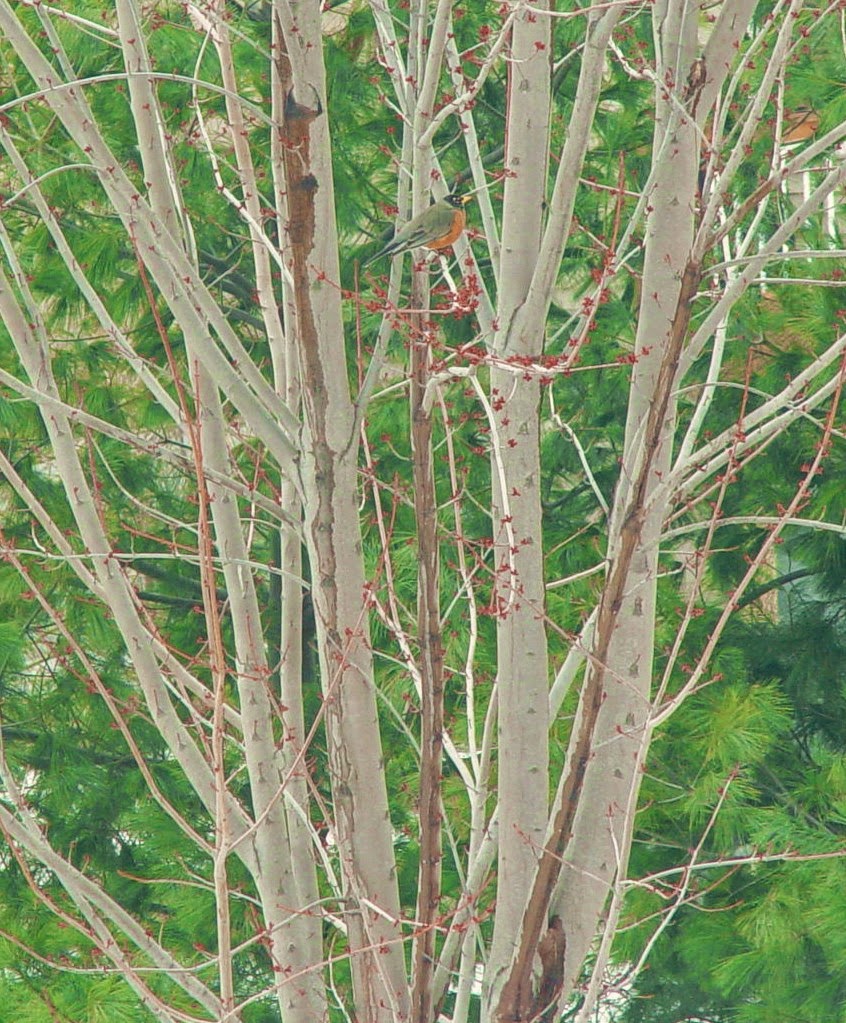My knowledge of garden pests seems to have evaporated over winter . . .
This 2-inch-long small green worm with a silvery stripe would usually be difficult to detect on green plants, but this one was on a native Penstemon plant with rich maroon stems and leaves.
Since there is so much concern about loss of butterflies and bees, I want to encourage any that I can.
To my chagrin, I realized it is a cabbage looper!
This caterpillar is the larval form of the white cabbage moth,
Trichoplusia ni. They love plants in the veggie garden -- broccoli, cauliflower, kohlrabi, cabbage, collard greens, potato, tomato, spinach, and cucumbers. They typically eat holes in the leaves and hide out on the bottom side of the foliage.

















































